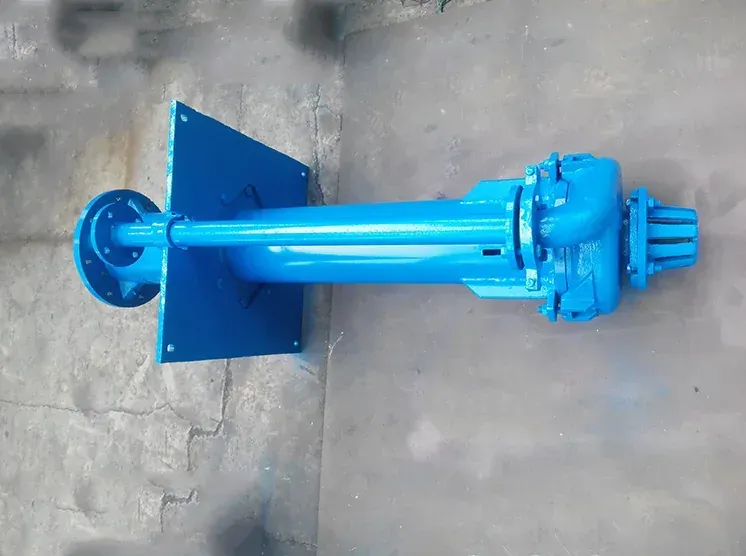English
- Afrikaans
- Albanian
- Amharic
- Arabic
- Armenian
- Azerbaijani
- Basque
- Belarusian
- Bengali
- Bosnian
- Bulgarian
- Catalan
- Cebuano
- Corsican
- Croatian
- Czech
- Danish
- Dutch
- English
- Esperanto
- Estonian
- Finnish
- French
- Frisian
- Galician
- Georgian
- German
- Greek
- Gujarati
- Haitian Creole
- hausa
- hawaiian
- Hebrew
- Hindi
- Miao
- Hungarian
- Icelandic
- igbo
- Indonesian
- irish
- Italian
- Japanese
- Javanese
- Kannada
- kazakh
- Khmer
- Rwandese
- Korean
- Kurdish
- Kyrgyz
- Lao
- Latin
- Latvian
- Lithuanian
- Luxembourgish
- Macedonian
- Malgashi
- Malay
- Malayalam
- Maltese
- Maori
- Marathi
- Mongolian
- Myanmar
- Nepali
- Norwegian
- Norwegian
- Occitan
- Pashto
- Persian
- Polish
- Portuguese
- Punjabi
- Romanian
- Russian
- Samoan
- Scottish Gaelic
- Serbian
- Sesotho
- Shona
- Sindhi
- Sinhala
- Slovak
- Slovenian
- Somali
- Spanish
- Sundanese
- Swahili
- Swedish
- Tagalog
- Tajik
- Tamil
- Tatar
- Telugu
- Thai
- Turkish
- Turkmen
- Ukrainian
- Urdu
- Uighur
- Uzbek
- Vietnamese
- Welsh
- Bantu
- Yiddish
- Yoruba
- Zulu
Telephone: +86 13120555503
Email: frank@cypump.com
Oct . 19, 2024 12:57 Back to list
Innovative Slurry Pump Solutions for Efficient Mining Operations and Enhanced Performance
Slurry Pumps for Mining An Essential Component in Mineral Processing
In the mining industry, the transportation of slurries—mixtures of water and finely crushed ore or other minerals—is a crucial process that significantly affects overall efficiency and productivity. At the heart of this operation are slurry pumps, specialized devices designed to handle the complex challenges posed by abrasive and viscous materials. This article delves into the importance of slurry pumps in mining, their operational principles, and their impact on mineral processing.
Understanding Slurry Pumps
Slurry pumps are centrifugal pumps specifically engineered to transport slurries. Unlike standard water pumps, slurry pumps are constructed to endure harsh conditions, including high solids concentration, varying particle sizes, and abrasive materials. They play a pivotal role in several mining processes, such as transporting tailings, delivering ore to processing plants, and managing waste materials.
The design of slurry pumps typically includes features such as heavier wear components, strong casings, and enhanced sealing systems to minimize leaks and prevent damage. The materials used in manufacturing these pumps—often including high-chrome alloys or rubber linings—are chosen for their resilience against wear and corrosion.
The Role of Slurry Pumps in Mining Operations
1. Transportation of Material One of the primary functions of slurry pumps is to convey materials from one location to another. In an open-pit mining operation, for instance, slurry pumps are employed to move the pulpy mixture of extracted minerals and water from the pit to a processing facility. This movement often occurs over long distances and requires reliable pumps that can maintain consistent flow rates.
2. Slurry Concentration and Mixing In addition to transportation, slurry pumps facilitate the mixing and concentration of solids. This is particularly important in mineral processing where operators need to achieve specific concentrations before separation and extraction processes occur. The ability to maintain a homogenous mixture is essential for achieving optimal processing efficiency.
3. Tailings Management The disposal of tailings—waste materials left after the valuable minerals have been extracted—poses significant environmental and logistical challenges in mining operations. Slurry pumps are integral to tailings management systems, effectively transporting waste materials to designated storage areas while minimizing the environmental footprint and potential for soil and water contamination.
slurry pumps for mining

4. Supporting Environmental Sustainability Modern mining operations are increasingly focused on reducing their environmental impact. Slurry pumps contribute to this goal by allowing for the effective recycling of water within the mining process. Many operations recirculate water used in the slurry, thus conserving valuable resources and minimizing the need for additional water extraction.
Considerations for Selecting Slurry Pumps
Choosing the right slurry pump for a specific mining application is critical for ensuring optimal performance. Key factors to consider include
- Type of Slurry The composition, concentration, and size of particles within the slurry can influence pump selection. High solids concentration or highly abrasive slurries may require pumps made from specific materials known for their durability.
- Pump Capacity The required flow rate is crucial in determining the right size and type of pump. Operators must also consider potential fluctuations in flow rates due to changes in mining conditions.
- Operating Conditions Factors such as temperature, pressure, and the overall mining environment should be taken into account, as these can impact the performance and longevity of the pump.
- Maintenance and Upkeep Due to the demanding nature of slurry transport, pumps require regular maintenance. Operators should choose pumps that offer ease of maintenance to minimize downtime and operational costs.
Conclusion
In summary, slurry pumps are a vital component in the mining industry, enabling the effective transportation, mixing, and management of slurries. Their ability to withstand harsh conditions and efficiently handle abrasive materials makes them indispensable for maintaining productivity in mineral processing. As the mining industry continues to evolve, innovations in slurry pump technology will further enhance operational efficiency, contribute to environmental sustainability, and improve the overall economics of mining operations. The future of mining depends heavily on the effective utilization of these critical machines, ensuring that they remain at the forefront of mining technology and efficiency.
-
Horizontal Split Case Pump with GPT-4 Turbo | High Efficiency
NewsAug.01,2025
-
ISG Series Pipeline Pump - Chi Yuan Pumps | High Efficiency, Durable Design
NewsAug.01,2025
-
Advanced Flue Gas Desulfurization Pump with GPT-4 Turbo | Durable & Efficient
NewsJul.31,2025
-
ISG Series Vertical Pipeline Pump - Chi Yuan Pumps | Advanced Hydraulic Design&Durable Construction
NewsJul.31,2025
-
ISG Series Vertical Pipeline Pump - Chi Yuan Pumps | Energy Efficient & Low Noise
NewsJul.31,2025
-
pipeline pump - Chi Yuan Pumps Co., LTD.|High Efficiency&Low Noise
NewsJul.31,2025










